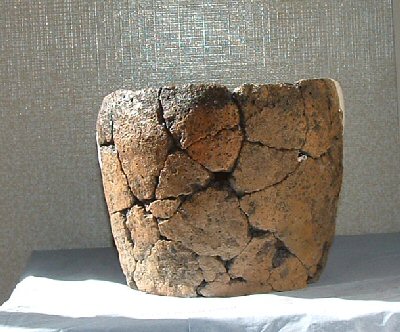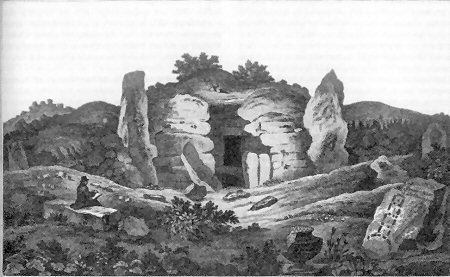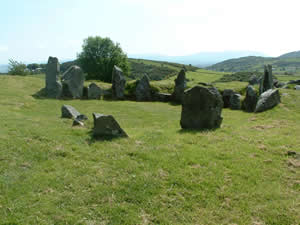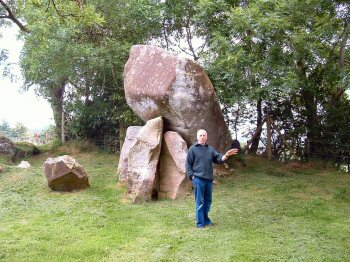It is exactly two years since we posted results of the archaeological finds in the Loughbrickland area, unearthed at the construction of the new dual carriageway …
Archeology
Annacloughmullion Cairn
This Pillar Stone just to the north-west on the Slieve Gullion Ring Dyke is a menhir, – a tall, upright stone that once formed a tiny part of the Annaghcloughmullion cairn, an edifice in its time worthy of those at New Grange, Howth and Dowth in the Boyne Valley.
Archeology of the Carlingford Lough Region
The most recent Ice Age, which lasted in this region from c.30,000-12,000 years B.P. not only determined the topographical character up to the present, but eradicated almost all archaeological evidence of earlier habitation.
History of Ireland in Episodes
I received as a Christmas gift, the paperback of this work – released last Christmas in hardback – after running on BBC Radio Ulster for months of short programmes. It is excellent.
Goward Dolmen
Who better to show one the architectural and archaeological treasures of the Hilltown area than local Green Party councillor Ciaran Mussen? I had the quick tour but am promised the whole thing in the near future. Ciaran hopes to set up a local walking group and I’m optimistic he will accept a Nyuck interloper too!





